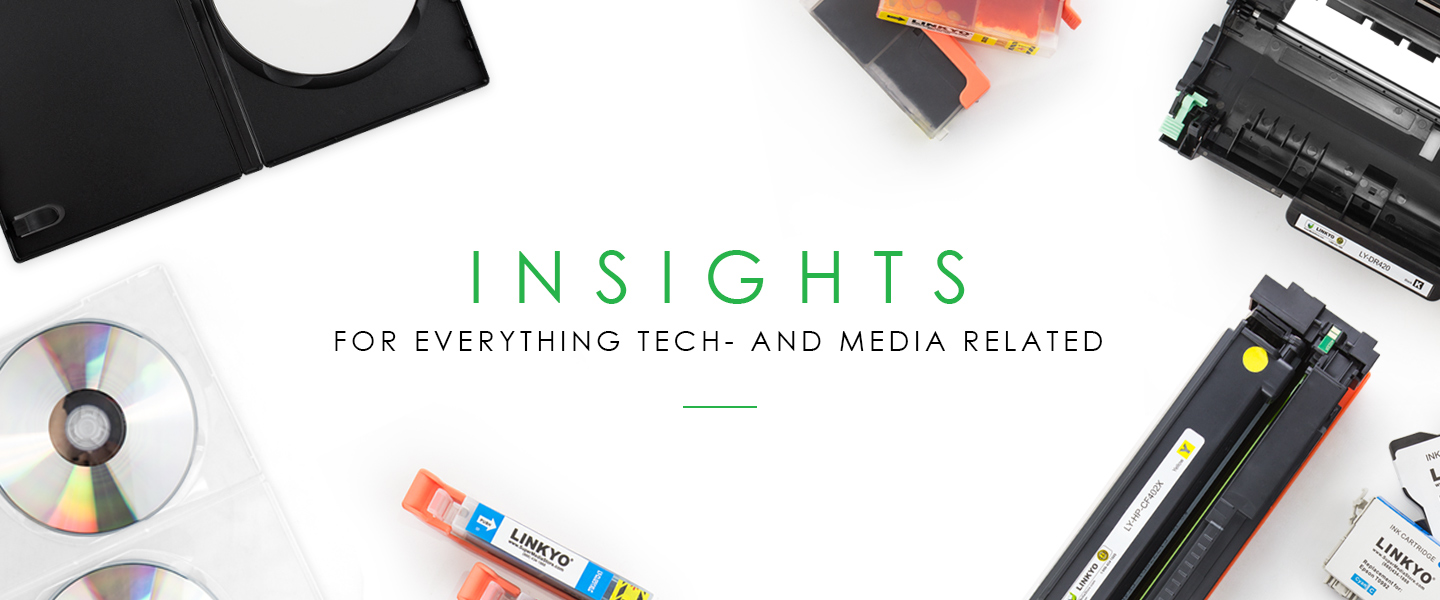There is a wide range of 3D printing materials that are currently available in the industrial market and that is being developed for the consumer market.
Here is an overview of 3D printing materials that are available across all 3D printing technologies, which include plastics, metals, ceramics and various other 3D materials.
Plastics / Polymers 3D Materials
Plastics or polymers are the most common type of 3D material used, especially for desktop 3D printers. Plastics are used by both industrial and consumer markets. In the consumer market, a desktop 3D printer heats the plastic filament to a temperature range of 320-482°F. The heated plastic is then extruded onto a print bed layer by layer until the 3D object is completed. Here is a image of plastic 3d material below.
For industrial users, plastics can be heated by UV lasers and then used to form the printed object in a similar manner, layer by layer.
Types of plastic filaments include ABS (Acrylonitrile Butadiene Styrene), PLA (Polylactic Acid), PVA (Polyvinyl Alcohol), PC (Polycarbonate) and HDPE (High Density Poly Ethylene).
The two most common types of plastics that are currently being used for desktop 3D printers are ABS and PLA. ABS and PLA have unique properties that provide advantages and disadvantages. ABS, petroleum based plastic, is known to be a more durable and heat resistant plastic but gives off strong fumes when heated. On the contrary, PLA, plant based plastic, gives off less irritable fumes but has a lower melting and breaking point.
Metal 3D Materials
Other type of 3D materials is metal. Using metal for 3D printing is relatively new and is gaining traction in many industries, including automotive and aerospace. To fabricate a metal 3D printed object, metal is typically heated by a laser and placed layer by layer. Here is an image of a 3D printed metal part below.
Types of metals available include steel, aluminum and titanium. Precious metals are also being used as 3D materials, such as gold and silver.
Ceramic 3D Materials
Ceramics is another type of 3D material. Ceramic 3D printed objects are using droplets of liquid binder on top of a thin layer of ceramic powder, followed by another layer of ceramic powder.
To finish a ceramic 3D printed object, series of heat treatments are required to dry, fire, and glaze the 3D printed object.
Other 3D Materials
As 3D printing technology continues to expand and mature, more 3D materials will be available, including composites, paper, plaster, wood, organic (tissue/cells), nylon, food, and concrete. This list is sure to grow to include many more materials that can contribute to useful 3D printed objects.
No Banner to display



